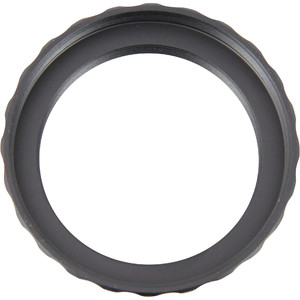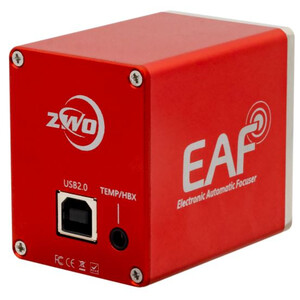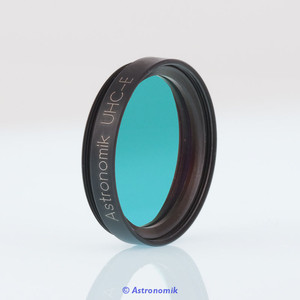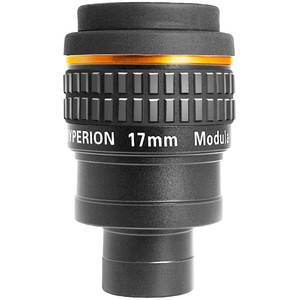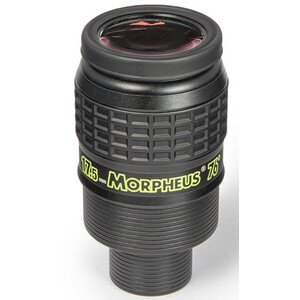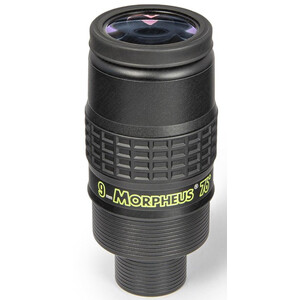The CLS (City Light Suppression) broadband filter was developed to improve the visibility of a range of deep sky objects
This is achieved by reducing the transmission of some of the wavelengths involved in light pollution. In particular, those produced by artificial lighting such as mercury vapour lamps. But also by the blocking the light from sodium vapour lamps and the unwanted 'sky glow' effect. As well as being highly transparent to the main nebula emission lines at OIII (496nm and 500nm), H-beta (486nm), NII (654nm and 658nm), H-alpha (656nm) and SII (672nm), the filter is also suitable for improving contrast and detail, for both visual and photographic astronomy, away from rural areas with high levels of light pollution.
- CLS-CCD filters differ from CLS filters with an infrared wavelength range between 700-1100nm
- Suitable for colour CCD cameras and modified DSLRs used for astrophotography
- Work well with most emission nebulae, planetary nebulae and supernova remnants
- Noticeable increase in contrast and visibility of fainter external details
- Light pollution filters do not completely eliminate the effects of light pollution or increase the brightness of astronomical objects. However, they increase the contrast between nebula and the night sky in many cases without brightening the nebula.
Please note that this filter must never be used as the only solar filter!
This article is not available to customers in Germany.

